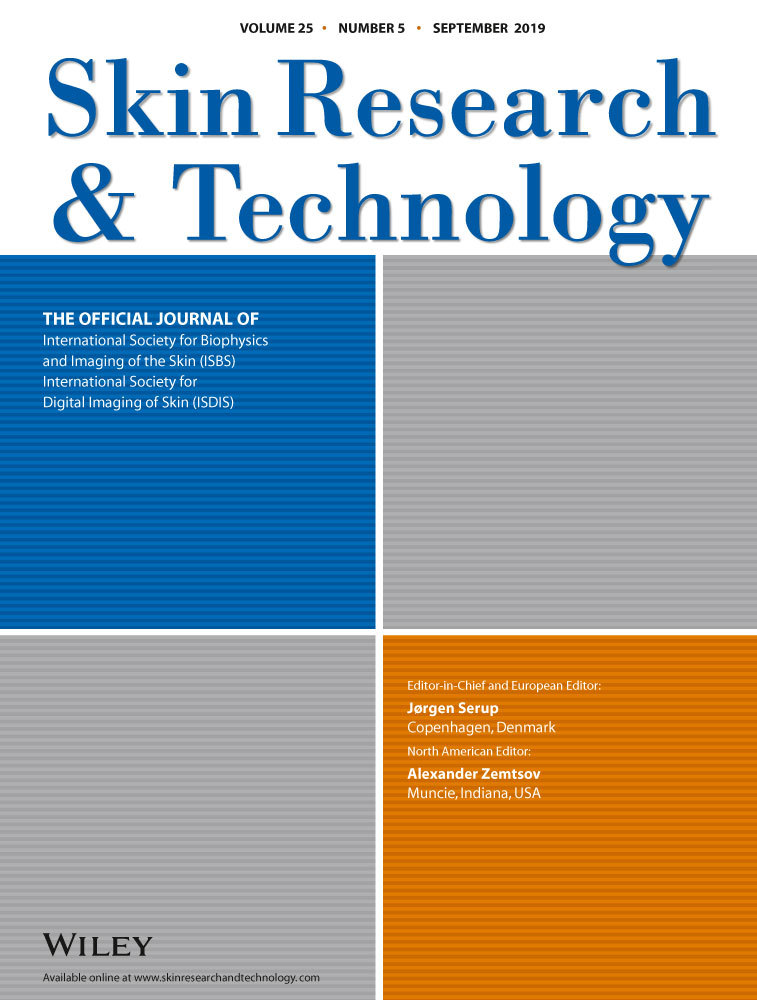Novel confocal Raman microscopy method to investigate hydration mechanisms in human skin
Abstract
Background
Skin hydration is essential for maintaining stratum corneum (SC) flexibility and facilitating maturation events. Moisturizers contain multiple ingredients to maintain and improve skin hydration although a complete understanding of hydration mechanisms is lacking. The ability to differentiate the source of the hydration (water from the environment or deeper skin regions) upon application of product will aid in designing more efficacious formulations.
Materials and Methods
Novel confocal Raman microscopy (CRM) experiments allow us to investigate mechanisms and levels of hydration in the SC. Using deuterium oxide (D2O) as a probe permits the differentiation of endogenous water (H2O) from exogenous D2O. Following topical application of D2O, we first compare in vivo skin depth profiles with those obtained using ex vivo skin. Additional ex vivo experiments are conducted to quantify the kinetics of D2O diffusion in the epidermis by introducing D2O under the dermis.
Results
Relative D2O depth profiles from in vivo and ex vivo measurements compare well considering procedural and instrumental differences. Additional in vivo experiments where D2O was applied following topical glycerin application increased the longevity of D2O in the SC. Reproducible rates of D2O diffusion as a function of depth have been established for experiments where D2O is introduced under ex vivo skin.
Conclusion
Unique information regarding hydration mechanisms are obtained from CRM experiments using D2O as a probe. The source and relative rates of hydration can be delineated using ex vivo skin with D2O underneath. One can envision comparing these depth-dependent rates in the presence and absence of topically applied hydrating agents to obtain mechanistic information.




